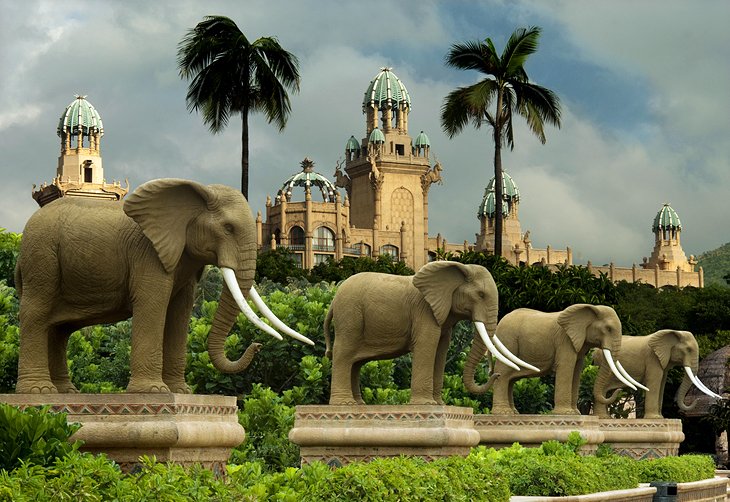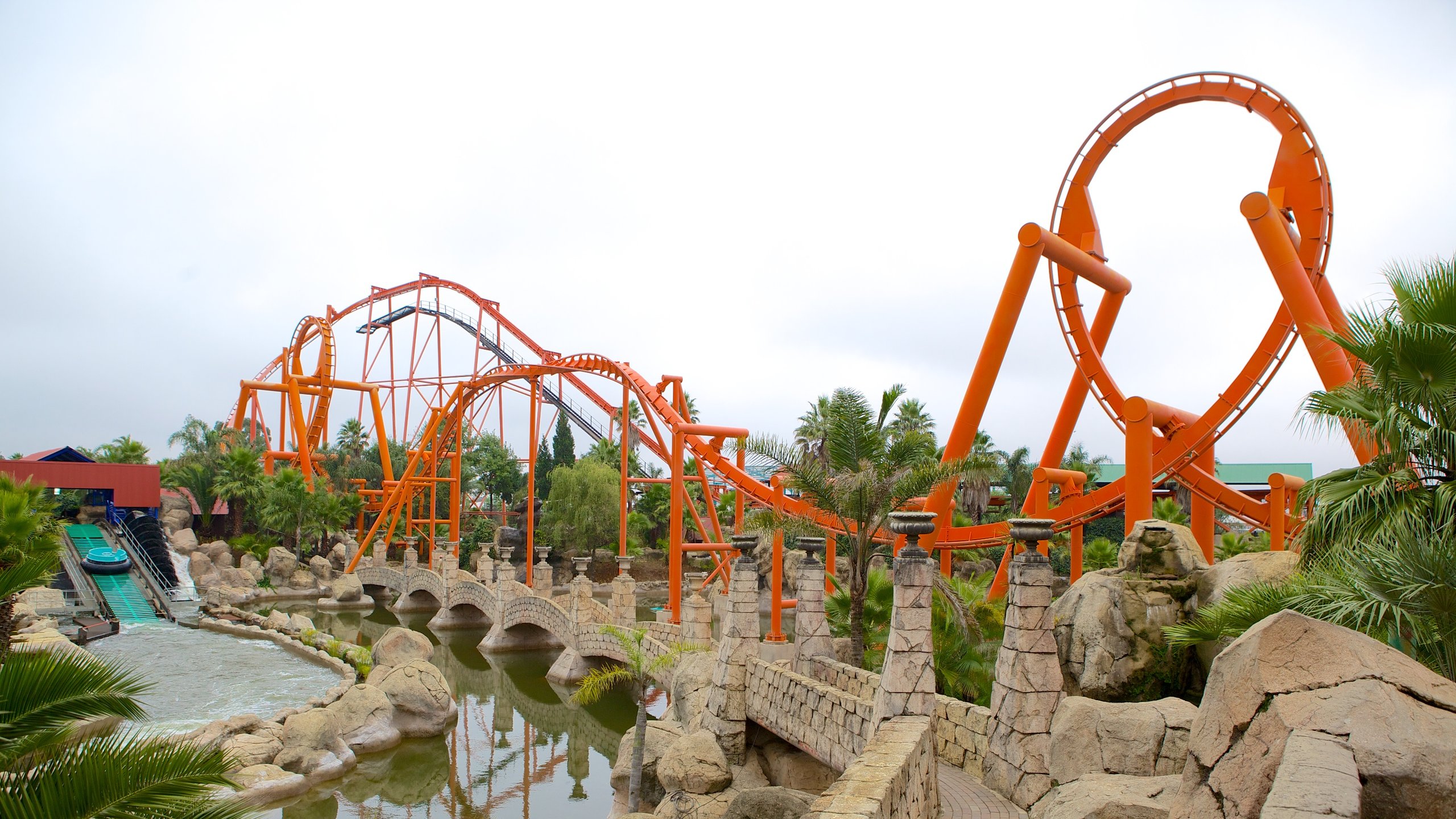The 3-Minute Rule for Johannesburg North Attractions
The 3-Minute Rule for Johannesburg North Attractions
Blog Article
The Johannesburg North Attractions Statements
Table of ContentsThe Ultimate Guide To Johannesburg North AttractionsThe Of Johannesburg North AttractionsExamine This Report about Johannesburg North AttractionsNot known Factual Statements About Johannesburg North Attractions The Johannesburg North Attractions StatementsJohannesburg North Attractions Can Be Fun For EveryoneNot known Incorrect Statements About Johannesburg North Attractions
However you need to maintain safety and security in mind and visitors must remain alert whatsoever times when in unknown environments. Talk with the citizens when you are in town to find out regarding the location you are staying in. Johannesburg North attractions. When on the street (this does not put on shopping center and other safe atmospheres) finest basic guidance is to try your best to appear like a neighborhood and to avoid showing any kind of form of riches
Johannesburg North Attractions Fundamentals Explained
Teacher Revil Mason O. J. (Thomson, 1946) checked out the Witwatersrand's pre-colonial history. His archaeological job took off the 'em pty land' misconception, according to which the region was lacking human habitation before the arrival of European settlers. In his publications Prehistory of the Transvaal: A Document of Human Task (1962) and Origins of Black Individuals of Johannesburg and the Southern Western Central Transvaal Advertisement 3501880 (1986 ), Professor Mason showed the level of social and economic development in the location prior to Europeans set foot below.

The Only Guide for Johannesburg North Attractions
In 1878, David Wardrop discovered gold in quartz veins at Zwartkop, north of Krugersdorp. In 1881, Stephanus Minnaar came throughout gold on the ranch Kromdraai, near the Cradle of Mankind.
In March 1886, a protrusion (soon to be called the Main Coral reef) was found, fairly fortunately, on Gerhardus Oosthuizen's ranch Langlaagte. Some claim that the Lancastrian coal miner George Walker uncovered this coral reef. An additional itinerant English miner, George Harrison (that had previously functioned in Australian mines) acquired a prospecting licence in regard of Langlaagte in May 1886.
He chose to move on in a pursuit for greener pastures, and disposed of his Langlaagte claim for the baronial sum of 10. Alas: beneath lay the wealthiest goldfield ever located. The discovery of this rich auriferous coral reef provoked a gold thrill that signalled completion of bucolic serenity in the southern Transvaal.
It would certainly, within 6 years, More Bonuses become the biggest town in southerly Africa. Within a decade, it would certainly make the Z. A. R. until after that an anarchical and bankrupt little state the richest nation in Africa. By the turn of the century, the Z. A. R. was to exceed Russia, Australia and the United States of America to come to be the world's leading gold manufacturer, generating even more than a quarter of the world's gold.
Johannesburg North Attractions Fundamentals Explained
It was known as Ferreira's Camp, named after Colonel Ignatius Ferreira. He was a Boer traveler upon whom the British authorities had bestowed the condition of Friend of the Many Identified Order of St Michael and St George (entitling him to the post-nominal letters C. M. G.) in thankfulness for his function in the war that had actually deposed the Pedi king Sekhukhune in 1879.
2 other camps were developed: Meyer's Camp on the farm Doornfontein, and Paarl Camp. The latter was nicknamed Afrikander Camp; numerous people from the Cape Colony settled there.

Johannesburg North Attractions Fundamentals Explained
This name acquired currency by word of mouth, such that the State Assistant attested the name to the Mining Commissioner on 9 October 1886. Stands in the village were auctioned on 8 December 1886. While some stands were cost 10, others were torn down for just sixpence.
2 years later on, these erven were to transform hands for as much as 750 each. The tented camps dwindled as a dorp of corrugated iron buildings developed and increased north of the mines situated along the Key Reef Roadway. Areas such as Jeppe's Community (where working-class immigrants erected their houses) and Doornfontein (where the affluent new 'Randlords' began to create their opulent More hints houses) were quickly contributed to the ever-expanding map of the town.
The Facts About Johannesburg North Attractions Uncovered
Apart from the street names, there were no indicators of Johannesburg being positioned in a Dutch-speaking country. Years later, C. W. Kearns O. J. (one of the initial kids enrolled at St John's University in 1898) would recall: 'A weird reality about Johannesburg was that, although it was in the [Boer Republic], nearly every person talked English and even the Government slaves addressed one in English, unless they were first addressed in the Taal (or Reduced Dutch)'.
Britain had an interest in ensuring optimal problems for gold production on the Witwatersrand, and that the gold was exported to London rather than Berlin an essential made all the extra clamant by the Z. A. R.'s increasing toenadering with Germany. Mine proprietors got on an accident training course with Head of state Kruger, whose policy of monopolistic giving ins (often granted to his cronies) avoided mining companies from procuring supplies of materials (especially dynamite) and work by themselves, cheaper terms
See This Report about Johannesburg North Attractions
In 1890, the Volksraad had actually limited the franchise business to white males who had actually resided in the Z. A. R. for fourteen you could check here years or longer, therefore disqualifying many of the immigrants (who occurred to be the significant contributors to the fiscus). Agitation for the ballot was a simple pretense for promoting a different schedule; a lot of uitlanders concerned themselves as momentary site visitors and had no intention of continuing to be in the Z.
Report this page